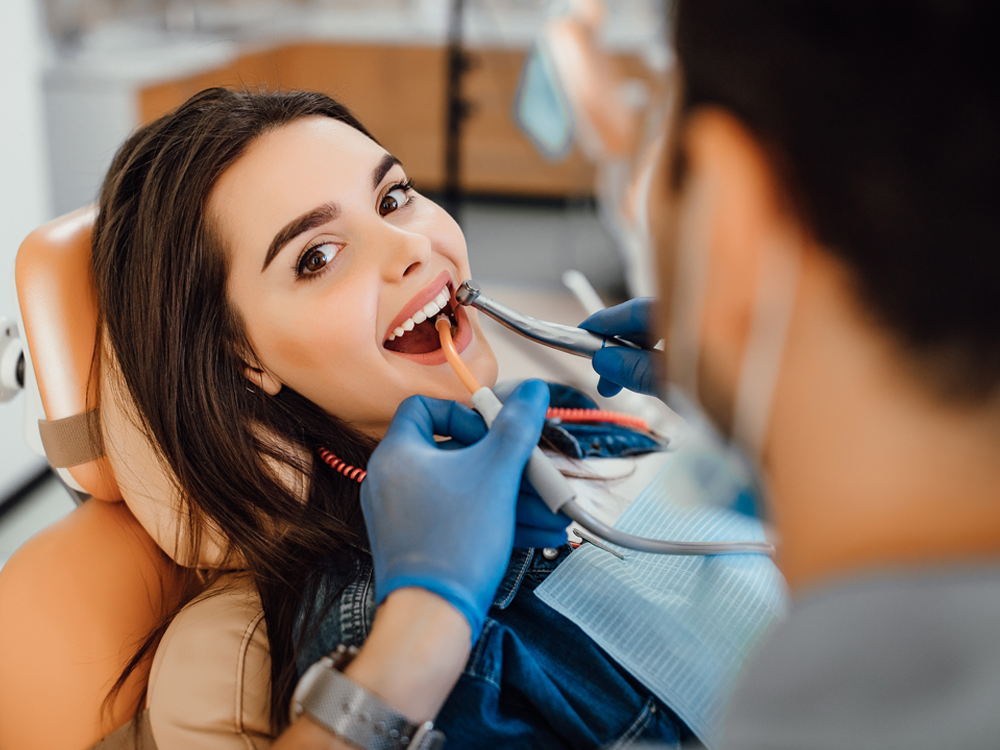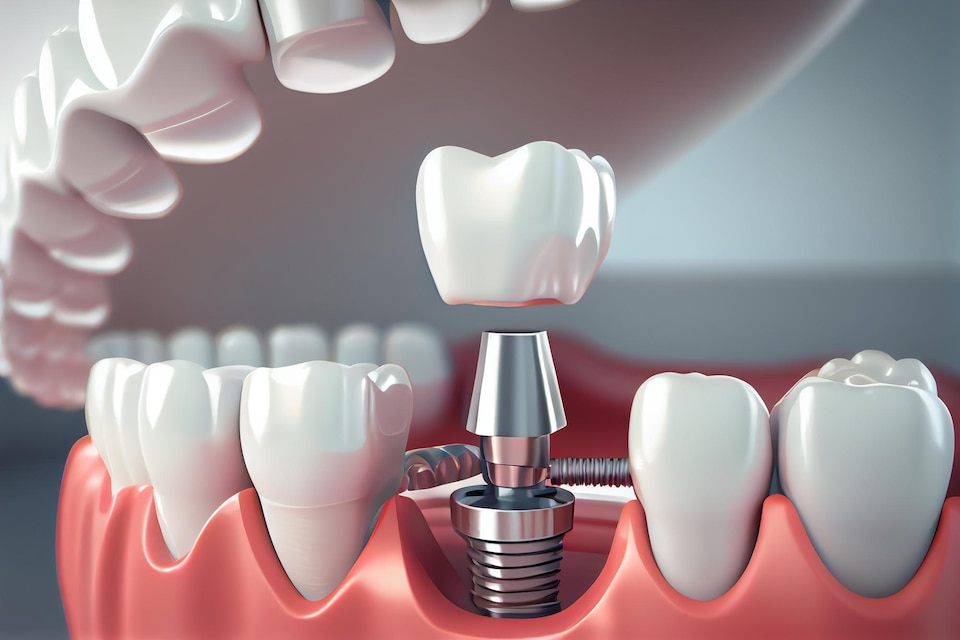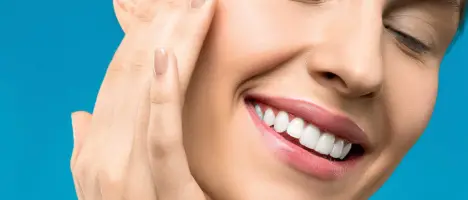Invisalign vs Braces: Key Benefits and Costs in Turkey

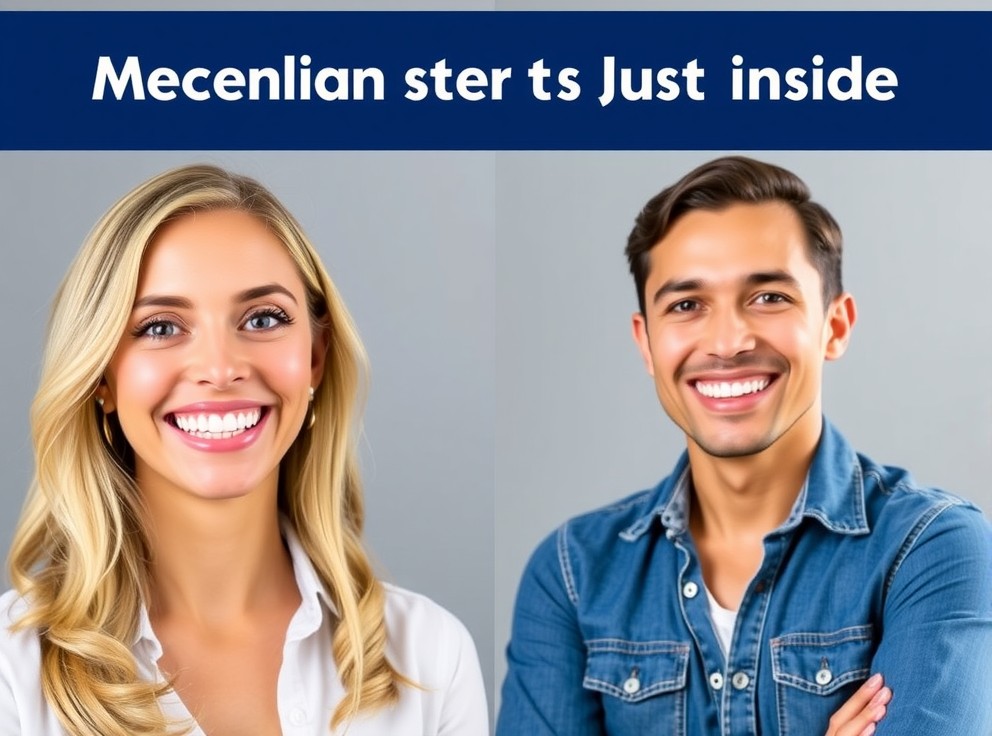
Invisalign vs Braces: Benefits, Invisalign Cost, and How to Find Invisalign Near Me in Turkey
Estimated reading time: 8 minutes
Key Takeaways
- Invisalign offers discretion, comfort, and flexibility.
- Braces are effective for complex cases.
- Costs vary based on complexity, location, and additional services.
- International patients can benefit from remote consultations and follow-ups.
Table of Contents
- Introduction
- Introduction to Invisalign
- What Are Clear Aligners?
- Aligners vs Braces: Pros and Cons
- Invisalign Cost: What to Expect
- Invisalign Cost: Additional Considerations for Travelers
- Finding Invisalign Near Me: Tips for Your Search
- Finding Invisalign Providers in Turkey: Extra Guidance
- Your Patient Journey to Turkey: Step-by-Step
- Risks, Contraindications, and Alternatives
- Recovery and Aftercare (Including Remote Follow-Up)
- Cost Factors and What’s Included for International Patients
- FAQ
- Conclusion and Next Steps
Introduction
Considering orthodontic treatment while planning a trip to Turkey can feel like a big decision, especially if you are comparing aligners vs braces and balancing your time abroad. Invisalign is widely chosen by international patients for its discreet appearance, predictable digital planning, and flexibility that fits around travel schedules. If you are weighing aligners vs braces and researching care in Turkey, this guide explains how Invisalign works, what clear aligners are, how the two options compare, what influences Invisalign cost, and how to find qualified providers. You will also find a step-by-step overview of the international patient journey, including remote consultations, visa and travel tips, typical timelines, aftercare expectations, and how remote follow-ups work once you return home.
Introduction to Invisalign
Invisalign is a system of clear, custom-made, removable trays—called aligners—designed to gradually move teeth into their optimal positions. Each aligner is fabricated using a digital model of your mouth and is worn for about one to two weeks before progressing to the next tray in the sequence. The trays exert gentle, controlled forces on targeted teeth to achieve incremental shifts without the brackets and wires associated with braces. Because the aligners are nearly invisible when worn, many traveling patients choose Invisalign to straighten their teeth discreetly while maintaining a professional or social routine. For those comparing aligners vs braces, Invisalign often blends effectiveness with comfort, aesthetics, and lifestyle flexibility that suits a trip to Turkey and beyond.
What Are Clear Aligners?
Clear aligners are orthodontic trays made from advanced thermoplastic materials, engineered through 3D computer modeling to guide teeth along a prescribed movement sequence. Your treatment typically starts with a digital intraoral scan or physical mold, followed by a software-generated plan that maps each tooth’s path from its current position to a more functional and aesthetic alignment. Based on your dentist’s prescription, a series of aligners is customized in a laboratory to execute the plan stage by stage. Unlike metal or ceramic braces, aligners use smooth, BPA-free plastic that minimizes soft-tissue irritation. For mild to moderate cases, treatment often runs about 12–18 months, though timing varies, and consistent wear—generally 20–22 hours per day—is crucial for predictable results.
Aligners vs Braces: Pros and Cons
Aesthetic priorities often lead patients to clear aligners like Invisalign. Aligners are virtually invisible on teeth, offering a low-profile cosmetic experience in photos, meetings, and social settings. Braces, by comparison, use visible metal or ceramic brackets connected by wires, which can be noticeable in person and in images. Comfort is also a common differentiator: aligners have smooth edges and no protruding components, while fixed braces may cause occasional cheek or lip irritation, especially after wire adjustments. Hygiene is more straightforward with aligners, since you remove the trays to brush and floss normally; braces require threading floss and cleaning around brackets, where plaque tends to accumulate more easily for some patients.
Scope of treatment also matters. Invisalign and other clear aligners are very effective for many mild to moderate misalignments and bite refinements, with fewer in-office visits—often every eight to ten weeks. Traditional braces, on the other hand, can be the better choice for complex cases or severe bite discrepancies that demand highly controlled, multi-directional tooth movements, with adjustments typically every four to six weeks. Dietary preferences contrast too: aligners are removed for meals, so there are no food restrictions, while braces often require avoiding sticky, hard, or crunchy foods. Cost varies by case complexity; aligners may range broadly and can overlap with braces, which in some complex scenarios may be more budget-friendly.
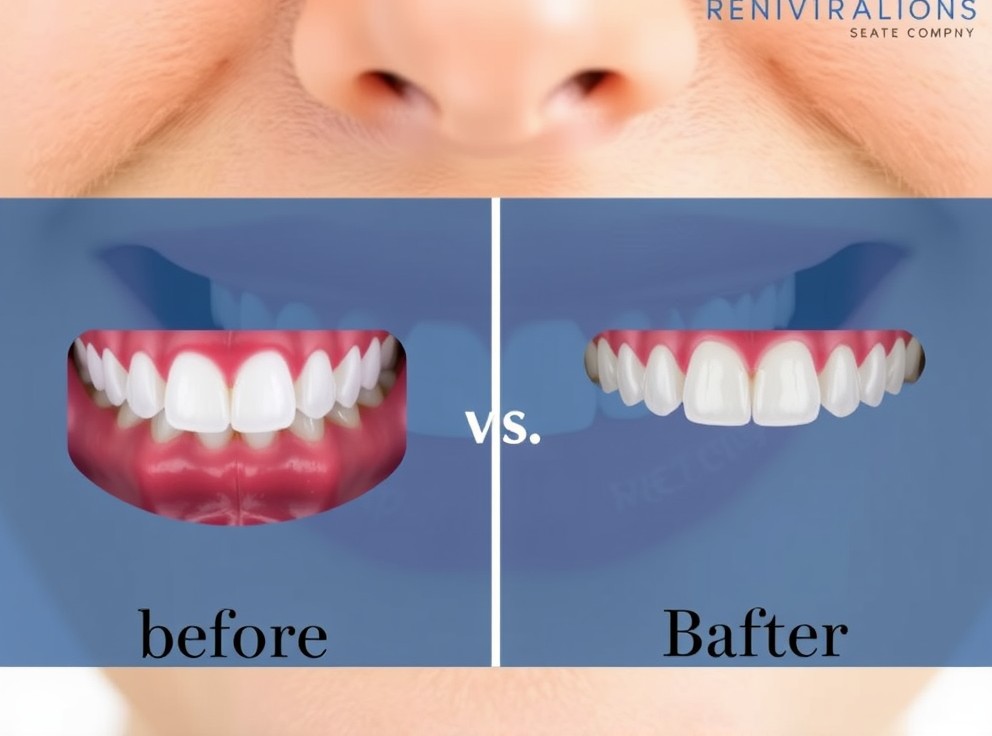
Invisalign Cost: What to Expect
Invisalign cost generally depends on case complexity, number of aligners, length of treatment, and where you receive care. Typical ranges run from about USD/EUR mid-thousands for mild correction to higher fees when advanced movements, refinements, or longer timelines are necessary. Compared with braces, costs may overlap, and other premium clear aligner brands can be similar. For international patients, it is helpful to request an itemized quote that includes diagnostics, aligner sets, attachments, interproximal reduction if needed, scheduled check-ins, mid-course corrections, and retainers. Many clinics offer financing through monthly installments, sometimes with promotional interest rates, and some insurance policies include partial orthodontic coverage; confirming benefits with your insurer and discussing payment options during consultation ensures transparent planning.
Invisalign Cost: Additional Considerations for Travelers
If you are traveling to Turkey, factor in potential costs related to travel, accommodation, and any extended stay required for initial records, try-ins, or attachments. Some practices coordinate remote progress checks to limit return trips, while others may schedule a short follow-up before you fly home. Ask whether the quoted Invisalign cost includes replacement trays for loss or damage, additional refinement aligners if small adjustments are needed, and retainers at the end. Clarify whether a mid-treatment transfer to a clinic in your home country is possible and what fees could apply. These conversations help you set a realistic budget and timeline so that your orthodontic investment is matched with the level of support you prefer throughout your international patient journey.
Finding Invisalign Near Me: Tips for Your Search
When you begin searching for Invisalign near me, start by using the official provider locator to identify certified dentists and orthodontists. Reading patient reviews and checking qualifications can help you narrow your options to teams experienced with clear aligners, including care for international patients. Once you shortlist providers, schedule consultations—either remotely or in person—to confirm whether you are a suitable candidate for clear aligners vs braces, and to review your personalized digital treatment plan, estimated timeline, and cost structure. Ask how often progress will be monitored, whether virtual check-ins are available after you return home, what to do if a tray is lost or damaged, and what financing options suit your circumstances. These steps translate research into confident action.
Finding Invisalign Providers in Turkey: Extra Guidance
If you are planning treatment in Turkey, consider contacting clinics that explicitly serve international patients and provide English-speaking coordinators. Ask whether they can conduct a video consultation using your recent dental X-rays and photos to pre-screen candidacy before you book flights. Inquire about their familiarity with supporting travelers, including help with local accommodations near the clinic, airport transfers, and flexible scheduling that fits your stay. It is also wise to confirm whether the clinic can collaborate with a dentist in your home country for mid-treatment checks if needed, and whether their aligner brand and software are compatible with remote monitoring apps. The result is a smoother experience from your first message to your final retainer handoff.
Your Patient Journey to Turkey: Step-by-Step
Most international Invisalign journeys begin with a remote consultation where you share photos, recent radiographs, and your goals. Your clinician will discuss candidacy, compare aligners vs braces, outline a provisional treatment plan, and give a broad estimate of the timeline and Invisalign cost. If you proceed, your itinerary might include a short initial trip to Turkey for diagnostics and records: a 3D scan, photographs, X-rays, bite analysis, and a discussion of any adjunctive steps such as attachments or interproximal reduction. After your digital plan is finalized, your aligners are fabricated; many clinics ship the first series to your home, or you may collect them before flying back, depending on timing.
Risks, Contraindications, and Alternatives
Clear aligners are safe for most healthy adults and teens, but not every case is ideal for aligners alone. Contraindications can include active periodontal disease, untreated cavities, poor oral hygiene, or complex skeletal discrepancies that may respond better to braces or combined orthodontic-surgical approaches. Risks to be aware of include transient soreness when switching trays, minor speech changes that usually resolve within a few days, and potential for decalcification or gum irritation if hygiene lapses. Treatment progress is highly dependent on patient compliance; wearing aligners fewer than recommended hours can extend timelines or compromise results. Alternatives include metal or ceramic braces, lingual braces placed behind the teeth, or staged restorative options when orthodontics is not preferred.
Recovery and Aftercare (Including Remote Follow-Up)
Recovery with aligners is typically minimal. You may notice pressure or mild discomfort for a day or two with each new tray, and occasional lisping that usually fades as you adapt. Oral hygiene is straightforward: remove your aligners to brush and floss after meals, clean trays with a gentle, non-abrasive cleanser, and avoid hot water that can distort the plastic. If attachments are placed, your team will show you how to keep them clean and how to seat the aligners fully using chewies if recommended. Remote follow-ups are common for international patients; you will submit periodic photos or scans, receive advice about timing the next tray change, and get guidance if a tray cracks, goes missing, or stops fitting. At the end, retainers help maintain alignment, with wear schedules tailored to your stability and lifestyle.
Cost Factors and What’s Included for International Patients
When assessing total costs for treatment in Turkey, consider both clinical and travel components. Clinical fees usually cover diagnostics, the treatment planning software and design, the full series of aligners, attachments, interproximal reduction where indicated, mid-course refinements, scheduled check-ins, and final retainers. Travel-related spending can include flights, accommodation, local transport, and incidental days if you need an extra fitting or attachment appointment. Many patients find that aligning treatment steps with a planned vacation or business trip reduces added travel days. Clinics sometimes offer package-like support, such as airport transfers or interpreter services, and can quote in EUR or USD for convenience. While exact figures vary, discussing inclusions and exclusions in writing helps ensure you compare like-for-like proposals from different providers.
FAQ
How long does Invisalign take, and can I finish treatment from abroad?
Most mild-to-moderate Invisalign cases finish in about 12–18 months, though some finish faster and others require longer, especially when addressing more complex bite relationships. If you are traveling from abroad, a clinic can often set up your initial diagnostics and first fittings during a short visit, then manage much of the process remotely. You will wear each aligner for roughly one to two weeks and submit progress photos or app scans at agreed intervals. If refinements are needed, additional trays can be designed and shipped, or scheduled during a brief return visit. The key to staying on track is wearing aligners 20–22 hours per day, maintaining excellent hygiene, and following your monitoring schedule carefully once you are back home.
Is Invisalign as effective as braces for my specific case?
Effectiveness depends on your diagnosis. Invisalign and other clear aligners are excellent for many cases involving crowding, spacing, and mild to moderate bite corrections. Traditional braces may be more suitable for severe rotations, significant vertical discrepancies, or complex skeletal patterns that demand precise control in multiple planes. The best way to know is to undergo a detailed consultation with records, 3D scans, photos, and X-rays so your clinician can simulate tooth movement and show you the expected pathway. In some situations, a hybrid approach—using braces briefly, then switching to aligners—can offer a practical balance. Your provider will compare aligners vs braces across aesthetics, comfort, timeline, and predictability so you can make an informed decision without compromising safety.
What does Invisalign cost typically include, and how can I budget as an international patient?
A transparent Invisalign cost estimate should outline diagnostics, aligner production, attachments, interproximal reduction if needed, scheduled check-ins, refinements, and retainers. Ask about fees for lost trays, emergency visits, or mid-treatment transfers to a local provider in your home country. As an international patient, also account for travel and lodging, potential extra days for fittings or try-ins, and any currency conversion or transfer fees. Many clinics offer monthly installment plans or partner with financing providers, and some insurance policies cover part of orthodontic treatment; checking benefits in advance is wise. Because prices vary by complexity and location, request an itemized, written quote and a clear timeline so you can compare options in Turkey with those at home on a like-for-like basis.
How do remote check-ins and problem-solving work after I return home?
Your clinic will typically set a schedule for remote monitoring using photos, short videos, or smartphone-based scanning tools. At each interval, your dentist or orthodontist confirms fit, tracks movement, and advises when to switch trays. If a tray cracks or is lost, you will be instructed to move back to the previous aligner or advance to the next one depending on your stage and fit; replacement trays can often be ordered and shipped. If a local in-person check becomes advisable, your clinic may refer you to a partner provider near you. Clear instructions, a shared calendar, and prompt responses from your care team keep treatment moving smoothly, reducing the need for frequent trips back to Turkey while maintaining clinical oversight.
What should I ask during my Invisalign consultation in Turkey?
Arrive prepared with questions that focus on diagnosis, plan, and logistics. First, ask whether you are a good candidate for clear aligners and how your case would compare with braces in terms of predictability and timeline. Request a step-by-step plan that includes the number of aligners, expected duration, attachment use, potential refinements, and retention. Confirm how often progress will be monitored, whether remote check-ins are available, and what the process is if an aligner is lost or damaged. Clarify the full Invisalign cost, what is included, how financing works, and any additional fees. Finally, discuss travel timing, recommended length of stay for key appointments, and how the office coordinates care once you return home.
Conclusion and Next Steps
Choosing between Invisalign and braces is ultimately a personalized decision that balances aesthetics, comfort, treatment scope, and your travel timeline. Clear aligners offer discreet wear, simpler hygiene, and lifestyle flexibility, while braces may be preferable for certain complex bite corrections. If you are traveling to Turkey, look for experienced teams who support international patients with remote consultations, clear timelines, and structured aftercare. Use “Invisalign near me” tools to verify credentials and compare proposed plans, and speak candidly about compliance, since consistent wear drives results. When you are ready to take the next step and explore whether Invisalign is the right fit for your goals and itinerary, book your appointment today.


